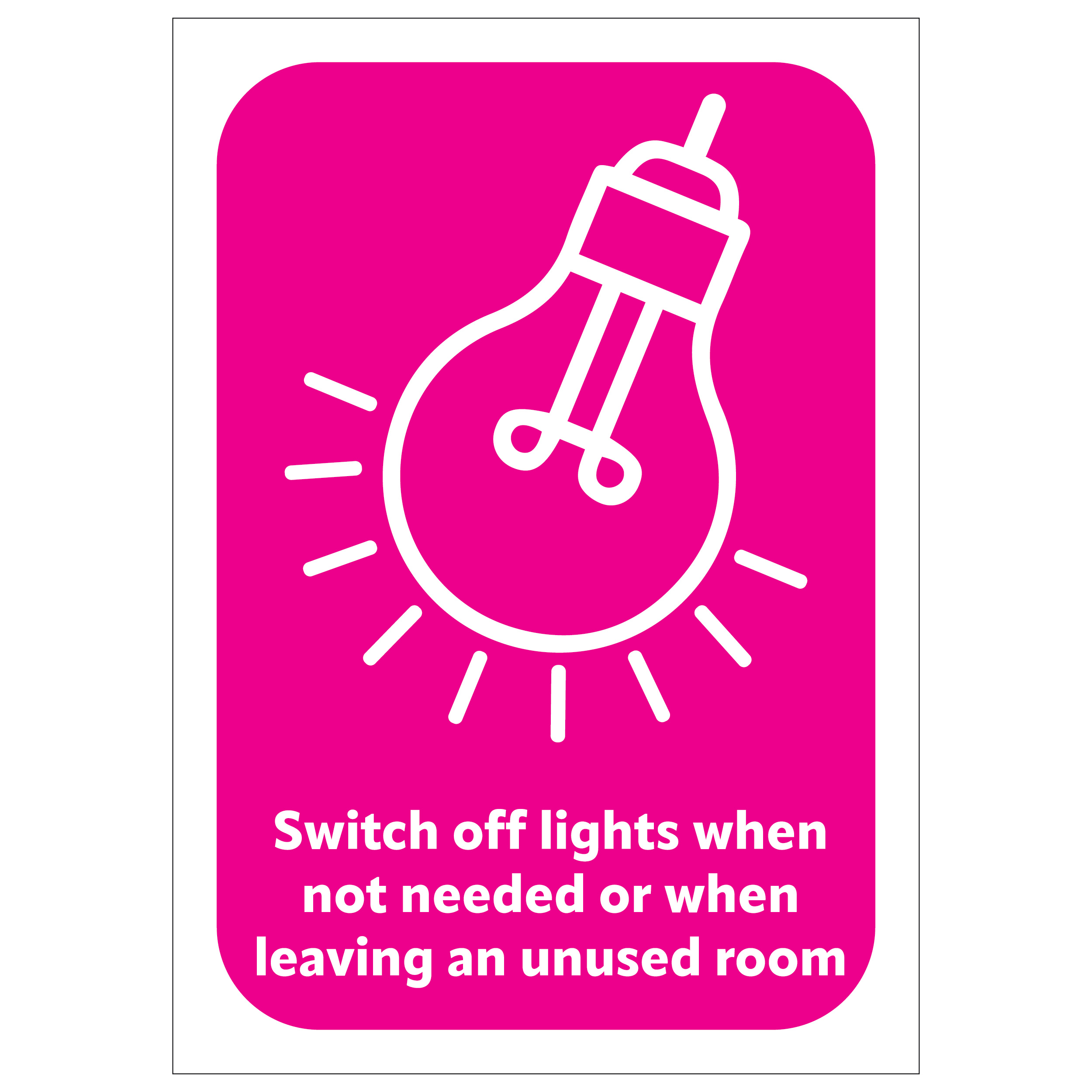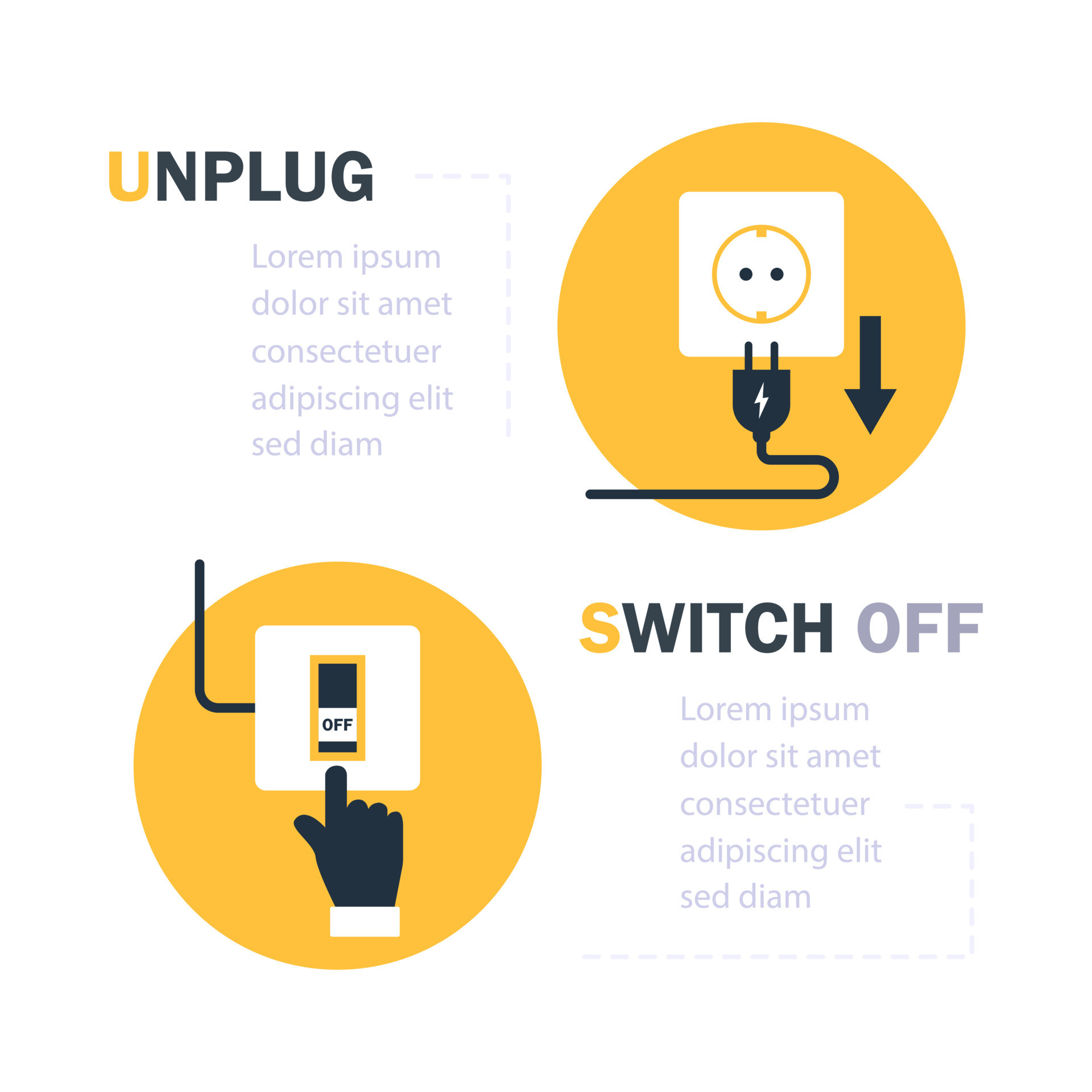Smart Home Automation

Automating bedroom lights using smart home devices offers numerous benefits, enhancing convenience, energy efficiency, and overall comfort. By integrating smart lighting into your home, you can create a personalized and responsive environment that adapts to your needs and preferences.
Benefits of Automating Bedroom Lights
Smart home automation provides several advantages for controlling bedroom lights, contributing to a more efficient and comfortable living experience.
- Convenience: Remote control allows you to turn lights on or off from anywhere, eliminating the need to physically reach a switch. This is particularly useful when you’re already in bed or away from home.
- Energy Efficiency: Smart lights can be programmed to automatically turn off when a room is empty, preventing wasted energy consumption. This can lead to significant savings on your electricity bill.
- Safety and Security: By scheduling lights to turn on and off at specific times, you can create the illusion that someone is home, deterring potential intruders.
- Enhanced Comfort: Smart lights allow you to customize your lighting environment, adjusting brightness and color temperature to suit your mood or activity. This can create a more relaxing atmosphere for sleep or a more focused environment for work.
Examples of Smart Home Systems
Various smart home systems can be used to automate bedroom lights remotely. Here are some popular examples:
- Amazon Alexa: Alexa-compatible smart bulbs can be controlled using voice commands, allowing you to turn lights on or off simply by saying, “Alexa, turn off the bedroom lights.”
- Google Home: Similar to Alexa, Google Home integrates with smart lights and allows voice control for convenient lighting management.
- Apple HomeKit: Apple’s HomeKit platform provides a secure and reliable way to control smart home devices, including lights, using Siri voice commands or the Home app.
- Samsung SmartThings: Samsung SmartThings offers a comprehensive smart home ecosystem, allowing you to control various devices, including lights, through a central hub and app.
Methods of Controlling Smart Lights
Smart lights offer various methods of control, providing flexibility and convenience to suit your preferences:
- Voice Control: Using voice assistants like Amazon Alexa, Google Home, or Apple Siri, you can effortlessly control smart lights with simple voice commands. For instance, saying “Alexa, dim the bedroom lights” will adjust the brightness accordingly.
- Smartphone Apps: Most smart home systems provide dedicated smartphone apps that allow you to control lights remotely. You can turn lights on or off, adjust brightness, and even create schedules for automatic control.
- Timers: Smart lights can be programmed with timers to turn on or off at specific times, providing automated control for various situations. This is particularly useful for simulating occupancy when you’re away or creating a consistent sleep routine.
Energy Efficiency and Safety: Turn Off The Master Bedroom Lights

Turning off the lights in your bedroom when you’re not using them is a simple yet effective way to save energy and money. It also contributes to a safer environment by reducing fire hazards and potential security risks.
Energy Savings, Turn off the master bedroom lights
By turning off the lights when you leave the room, you’re directly reducing your electricity consumption. This translates into lower energy bills and a smaller carbon footprint.
- Reduced electricity usage: Leaving lights on unnecessarily wastes electricity. Even a small light bulb left on for an extended period can consume a significant amount of energy over time.
- Lower energy bills: Reducing electricity consumption directly leads to lower energy bills, saving you money.
- Environmental impact: By using less electricity, you contribute to a cleaner environment by reducing greenhouse gas emissions.
Safety Considerations
Leaving lights on in an empty bedroom can pose safety risks.
- Fire hazards: Overheated light bulbs can ignite flammable materials nearby, increasing the risk of fire.
- Security risks: A brightly lit bedroom can signal to potential intruders that the house is occupied, making it a target for theft.
- Energy waste: Leaving lights on unnecessarily is simply wasteful and contributes to unnecessary energy consumption.
Creating a Safe and Energy-Efficient Bedroom Environment
- Use energy-efficient light bulbs: LED bulbs are highly energy-efficient and last longer than traditional incandescent bulbs.
- Install motion sensors: Motion sensors automatically turn lights on when someone enters the room and off when they leave, ensuring that lights are only on when needed.
- Use timers: Set timers to turn lights on and off at specific times, eliminating the need to manually switch them on and off.
- Install dimmers: Dimmers allow you to adjust the brightness of your lights, reducing energy consumption while still providing adequate illumination.
- Use natural light: Maximize the use of natural light during the day by opening curtains and blinds.
Sleep Habits and Atmosphere

The bedroom is a sanctuary for rest and rejuvenation. Light plays a crucial role in regulating our sleep-wake cycle, and creating a dark and relaxing environment is essential for promoting quality sleep.
Dimmers and Nightlights for Comfort
Dimmers and nightlights can significantly enhance the sleep experience. They offer a gradual transition from bright light to darkness, allowing your body to naturally prepare for sleep.
- Dimmers allow you to adjust the brightness of your bedroom lights, creating a calming ambiance. They can be especially helpful in reducing the harshness of overhead lighting, which can disrupt sleep.
- Nightlights provide a soft, comforting glow that can help alleviate fear of the dark and ease nighttime transitions, such as getting up to use the bathroom.
Establishing a Consistent Sleep Routine
A consistent sleep routine signals your body when it’s time to wind down and prepare for sleep. This includes turning off bedroom lights at a specific time each night.
- Create a relaxing bedtime routine that includes activities like taking a warm bath, reading a book, or listening to calming music.
- Avoid screen time for at least an hour before bed, as the blue light emitted from electronic devices can interfere with melatonin production.
- Make sure your bedroom is cool, dark, and quiet.
Turn off the master bedroom lights – As you drift off to sleep, the last thing you do before turning off the master bedroom lights is a quick glance at the room. Maybe you admire the way the soft glow of the bedside lamp highlights the sleek lines of your IKEA bedroom dresser in black , or perhaps you notice the way the moonlight dances across the wall.
Whatever it is, it’s a moment of quiet reflection before surrendering to the night.
As I dimmed the master bedroom lights, a wave of nostalgia washed over me. I remembered the excitement of decorating my own room as a child, choosing the perfect shades of pink and grey. Now, I can’t help but think about how much joy a well-designed space can bring, like the one featured in this grey and pink girls bedroom design.
Perhaps that’s why I still find myself turning off the master bedroom lights slowly, savoring the last moments of the day.